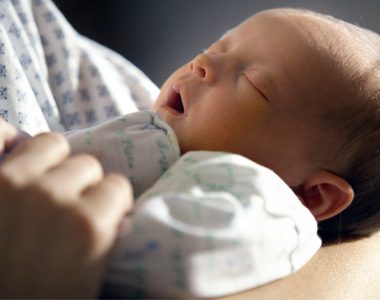Two U.S. studies are hoping to find solutions to asphyxia (when babies are born not breathing) – one of the major causes of newborn deaths in areas where medical resources are limited.
Combating infant mortality in the developing world is also high on the agenda of the United Nations Millennium Development Goals, but Jeffrey Perlman from Weill Cornell Medical College in New York, says that advancement in this area has been sluggish.
“The majority of deliveries in resource-limited areas are done by the midwife, and the midwife wasn’t really taught how to deal with a baby once they were born,” Perlman told Reuters Health. Instead, midwives jump to the care of the mother immediately after the birth.
“If you can just teach them, when the baby’s born, to immediately dry the baby off… that drying and a little bit of stimulating will probably get 90 to 93 percent of babies breathing who weren’t breathing before,” said Perlman.
“That’s the most exciting part, that something very simple can save many, many lives.”
The new program, which has been launched by the American Academy of Pediatrics, hopes to teach birth attendants to first dry and warm babies, and to start breathing for babies with a bag and mask if they don’t do it on their own within one minute.
Perlman and his team compared around 8,000 babies born at eight hospitals before birth assistants were trained in the breathing program to almost ten times as many babies born afterward.
Researchers found that newborn deaths dropped from 13 per 1,000 babies to seven per 1,000 after the Helping Babies Breathe program was implemented. The rate of stillbirth fell from 19 per 1,000 babies to over 14, per 1,000.
The United Nations reports that 32 babies die in India for every 1,000 births, and 26 per 1,000 die in Tanzania.







